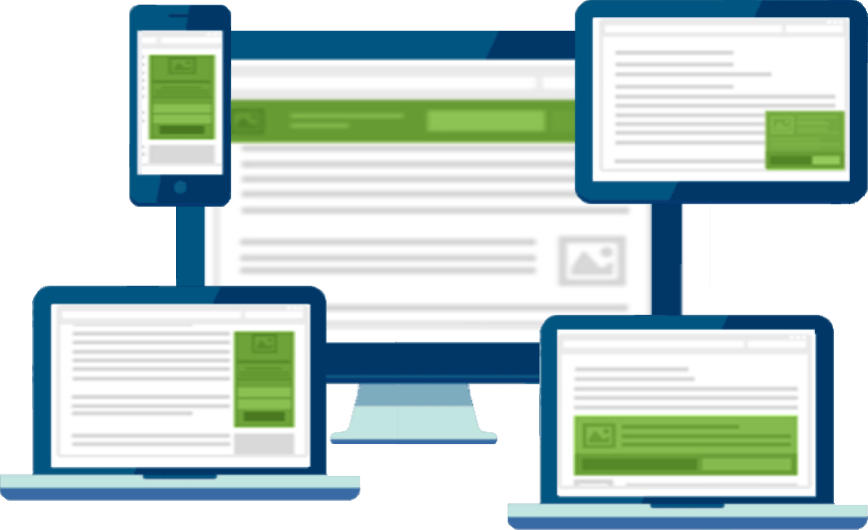Strategic Fundamentals on Lead Nurturing
Build Sequences that nurture leads and deepen relationships
Lead nurturing

LEAD NURTURING
It can be tough to convert leads to sales. Even if you managed to hook in potential clients, a major percentage of those interested wouldn’t follow through the purchase or would likely lose interest halfway.
You have to hold their attention long enough for them to give your brand a chance, and potentially have them stick around for future sales. On average, less than 10% of interested clients will be willing to make an immediate purchase. The rest will need a little more convincing. This is where lead nurturing comes in.
But first, what is Lead Nurturing?
Lead Nurturing is the process of engaging and creating bonds with your target clients through effective communication, like sending emails and personalized campaigns. This creates brand familiarity, builds trust and credibility, and allows your contacts to feel included or special.
Companies that practice lead nurturing strategies are shown to have 50% more lead sales than those that don’t. This means an effective strategy could make the difference between you and your competitors. Whether your goal is nurturing new leads, retaining customers, or increasing brand awareness, it’s important to have a fully operative lead nurturing strategy that can convert your leads to sales.
Of course, this isn’t an easy process. There’s a lot of things you have to know and work with. This included tasks such as building email autoresponder sequences, tagging and segmenting contacts in your email list to customize your communication methods, and sending promotional emails, educational challenges, and email sequences, to name a few. But before we tackle the intricate details, we need to focus on the fundamentals first.
Personalised communication
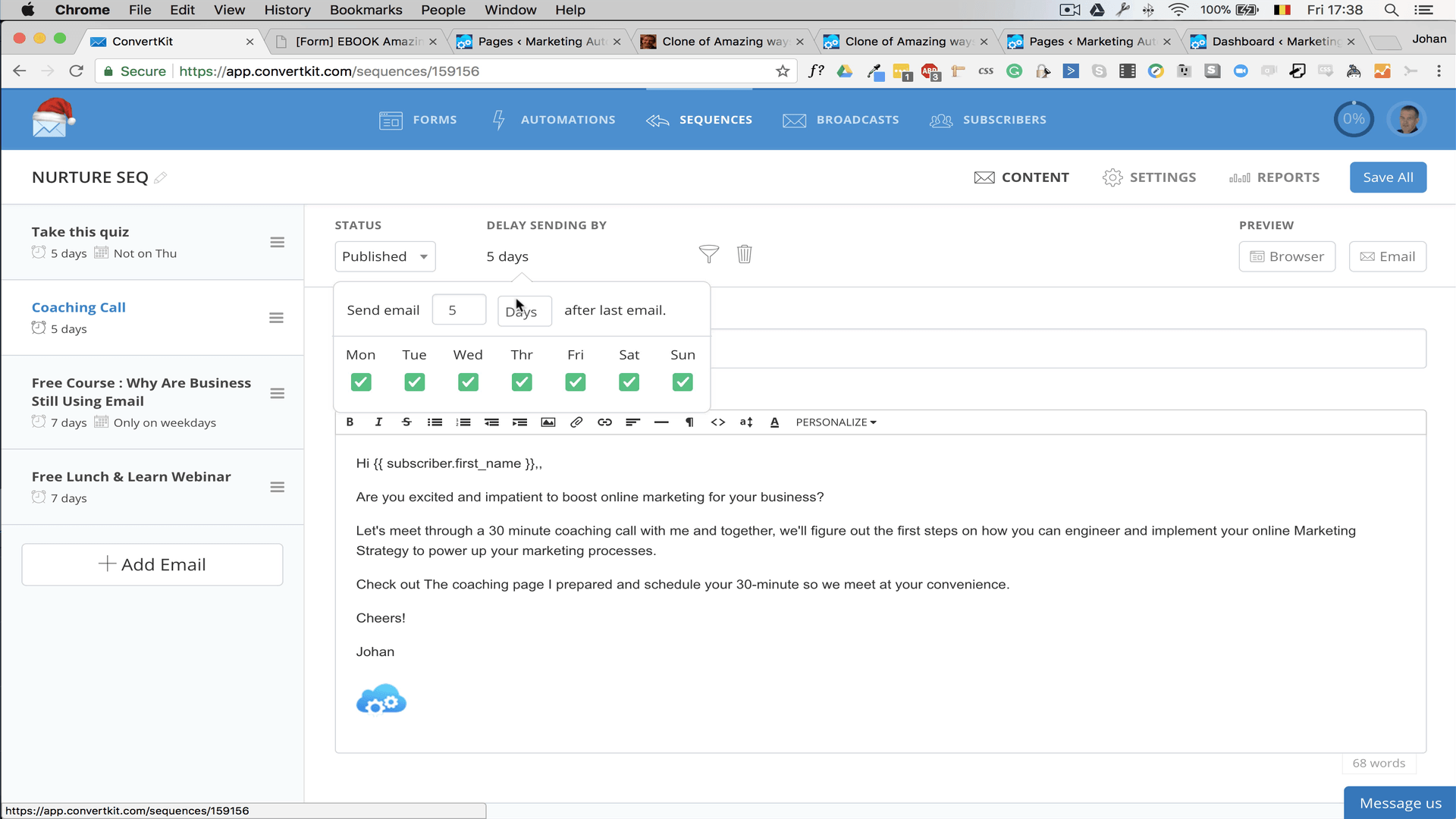
Email Responders
One effective way to engage prospective clients is to personalize your communication method. This means you have to deliver the right message at the right time, with the right information through the right channel every time. Personalization is essential in your conversational growth strategy, because it creates a good impact and allows a more comfortable flow of communication between you and your contacts.
Achieving this can be done through the following:
Personalization fields
First is by communicating with personalization fields. This allows you to dynamically insert content into your forms, emails, email subject lines, SMS, and more. When used in a campaign or automation email, the value of that personalization field will automatically be included in the communication once it’s sent to a contact. The recipient will receive a message that is customized according to the value, which can be the client’s first name, a voucher, or any type of content that is relevant to the purpose of communication.
This creates a personalized experience for your target clients that can lead to an increase in their engagement with your brand.
Conversation Site Messages
Next is the conversation site messages. It's a personalized notification, displayed as an “Initial Message” or chat button at the bottom-right corner of your website. You can use it to welcome first time visitors, notify your leads of an upcoming sale, or give out discounts to an already existing product. The site message button can be expanded to a chat window, which allows direct communication between you and your contacts. Doing so encourages prospective clients to be more interactive in your site.
With the help of real-time conversations and live chats with your customers, as well as an email and a unified inbox, allows you to gather data from your conversations that can then be applied to your marketing strategies and solutions.
SMS Messages
Another great conversation channel is SMS messaging or text-only messages. You can send news and any client-relevant information to a contact's mobile device, provided they have shared their mobile number and have given you permission to do so. It’s a viable communication method if your scope is focused more on local sales.
Prepopulating Form Fields
Another way to show you care and remember them is by prepopulating form entries; the process of filling out fields on behalf of your contacts. However, this can only be done by using the information you already have.
For example, if you already know a contact’s email address or their address, you can fill it in for them when you are asking for new information such as when you’d like them to subscribe to newsletters after they’ve placed an order. Another example is when they finally decide to make a purchase after they’ve initially signed up for your email list. For both cases, you may reuse the information they’ve already provided when they need to fill other forms in your site.
Perfectly timed messages
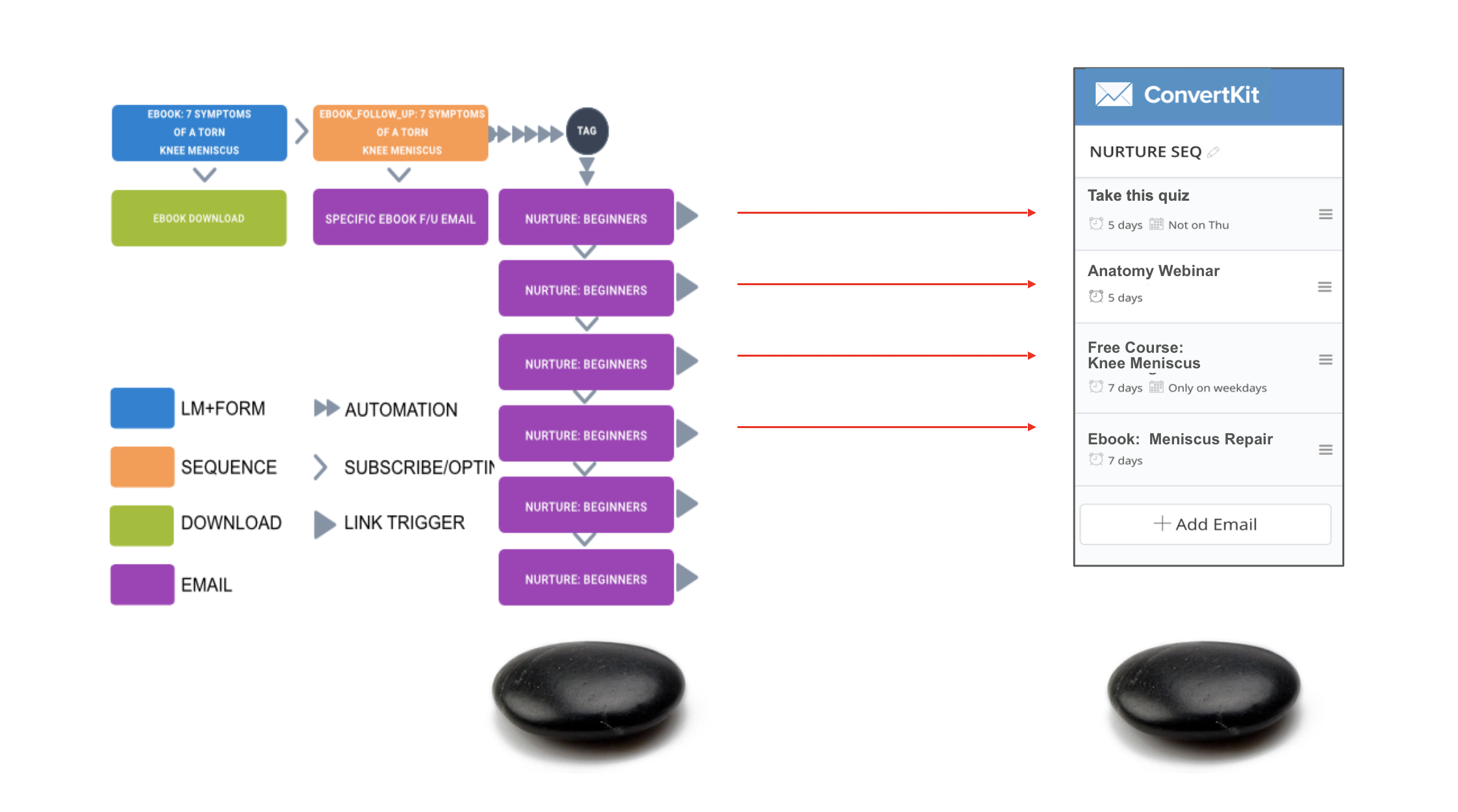
Perfectly timed messages
When you’re generating and engaging with new and existing leads, timing is critical. Wait too long to send an email and your window of opportunity may close forever. On the other hand, if you send emails too soon, you may just scare away a quality lead. This is particularly important when it comes to deliverability.
Client engagement and deliverability have a reciprocal relationship. The better your engagement, the higher your deliverability rate. The higher your deliverability, the more likely your emails are going to make it to your contacts’ inbox, therefore generating more clicks and purchases. To have better client engagement however, your messages must be relevant, timely and set with triggers that you can set as a link or a button. Triggers facilitate which message are displayed or sent according to your lead’s actions. In turn, this directs them to personalized and predetermined sequences once they’ve clicked on the link or button.
For example, you could send your new subscribers an instant message immediately after a trigger event. It could be conditional, meaning they’ll receive it after visiting certain web pages, clicking specific links, or reaching a desired lead score. You can also set up a date-based condition, like sending birthday and anniversary emails, event reminders, promotion emails, and expiring discount email reminders. Doing so creates a sense of urgency within your contacts, and makes them more likely to participate.
Behavioural Based Emails
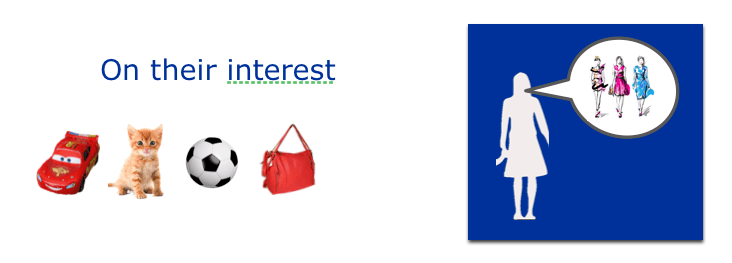
Behavioural Based Emails
The goal in marketing automation is to make scalable communication and efforts extremely personalized, and the only way to do that is to maintain a segmented contact database. These are groups of contacts sharing the same characteristics and/or behaviors. Such segments, coupled with the right message at the right time, can take your marketing efforts to the next level.
Now, say you don’t create segments. Say you continue to send mass messages that aren’t tailored to your contacts’ specific interests and behaviors. What you get is low engagement, which hurts your deliverability and makes achieving your main goal an uphill battle. While mass messaging may appear to be very convenient, it isn’t as effective. Some may find the messages applicable to their needs, but certain contacts may deem them irrelevant, or worse, annoying. You might even end up pushing your potential leads away. Targeted messaging, on the other hand, helps keep your messages targeted and relevant, which in turn keeps your contacts responsive and interested.
Now, how do you segment your contacts?
Links set in messages are not only a great way to trigger follow-ups or sequences, but they are also an incredibly effective way to segment your subscribers. This can be done by applying a tag and /or adding custom contact details in your systems.
The best way to segment your contacts is by behavior, since it’s the best indicator of what people 'want'. However, the ability to do that at a high level is reliant on the flexibility of your marketing automation platform.
Below are some examples of behavior-based segments.
A client:
All the conditions above represent a segment of contacts in your database, providing you a targeted group of leads you can send relevant messages to in opportune times.
Know your contacts
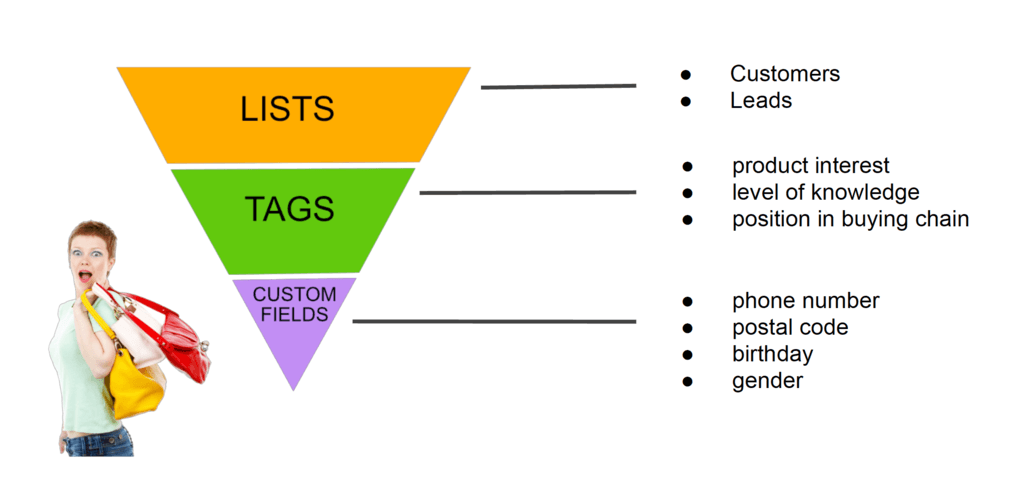
Know Your contacts
There is nothing more important than knowing about your contacts’ interests, and this can be done using email autoresponder sequences.
Email auto responders help you deepen the relationships you have with your subscribers through the contents they share. Over time, with every email communication, you will get to know more about them. You’ll have better understanding on what sparked their interest in your emails, and see if they are still engaged. In theory, it sounds easy, but how exactly can you achieve this in real life and in real time?
You can simply ask questions. Upon sign-up, you can mine information by making the subscriber check which types of emails they prefer, what their interests are, the purpose or reason for signing up, and so on. Make it short and simple. Don’t bombard them with so many questions, that’s a guaranteed turn-off.
As you go along the sequence, you can become more specific. For those who have already opted in, you can send them surveys, quizzes, informational content in various formats (e.g. still images, videos, posts), and provide them with incentives for engaging in a dialogue with you.
For example, you can attach a link to a free ebook or a coupon code in your succeeding emails. If they choose to avail that, you can mine for more information, since you will see which item they decided to purchase or which ebook they decided to get.
Send targeted relevant content
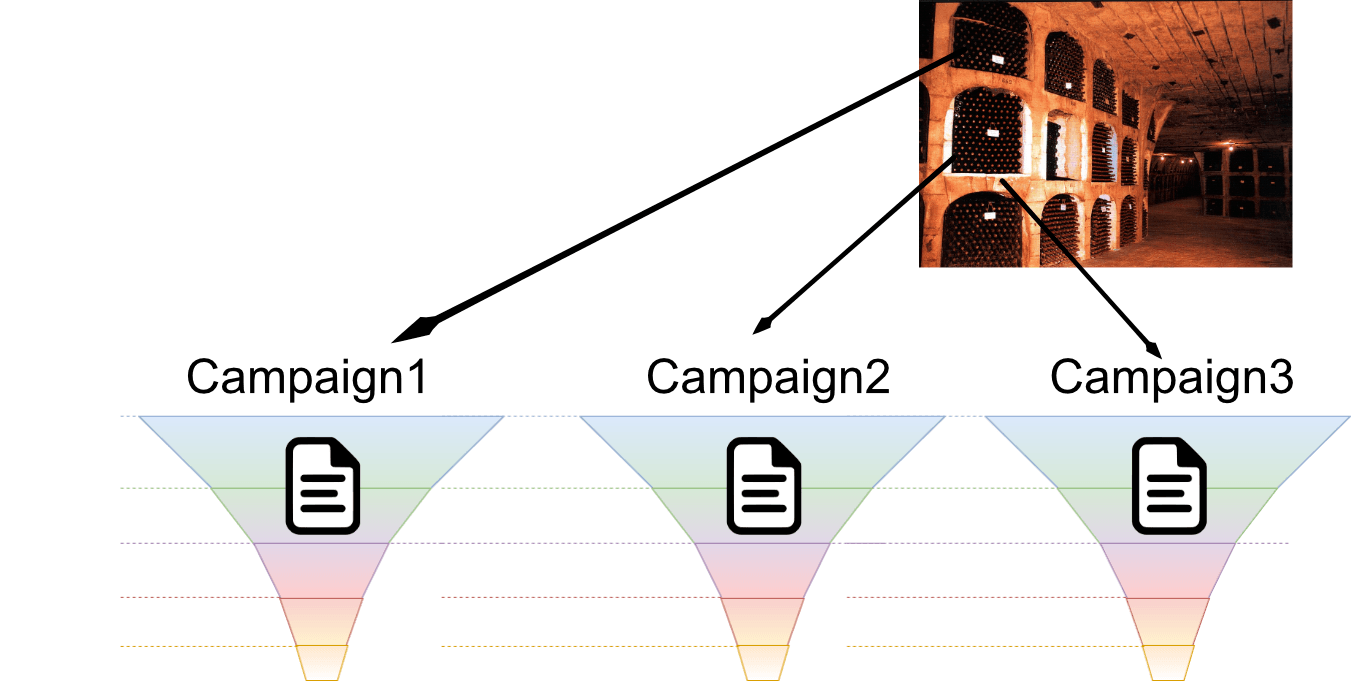
Send targeted relevant content
The purpose of segmenting your subscribers is to ensure, in later stages, that you send people relevant messages that will genuinely interest them, based on the data you’ve collected. It increases open and click rates, and helps you meet your ultimate business objectives. This is easier done with Link Triggers, which helps you understand your subscribers and allows you to slowly move them into a better, more specific segmentation when the time is right.
Technology is powerful, however that alone will not make your business successful. You need to pair it with proven marketing strategies that stem from foundational marketing principles. In order to create segments and effectively use them, you need to truly understand your audience. You need to know what targets and goals you’re looking to accomplish. Segmenting just for the sake of doing it will not net you any better results than mass messaging.
So, “to segment, or not to segment” really isn’t a question, not if you want success. If done right, segmentation can indeed help you work smarter, not harder.
Integrate your website activity
Simply put, integrating your website activity is to “see” and then “react” in real-time as contacts visit your site and view specific categories and pages. This also means connecting your marketing and sales processes to your website activity.
For example:
You can trigger a message with a coupon code that must be used within 30 minutes after a contact views a product page of your site— but only if they haven’t made a purchase yet.
You can apply a tag to indicate a contact's interest and begin a targeted follow-up sequence after two or more visits to a specific product category
You can pin an automated action sequence so you treat a contact differently if they've already viewed a certain page of your site.
You can have automation only begin if a contact has viewed a specific page of your site.
You can automatically move contacts to another stage of your sales pipeline when they view 3 or more important pages of your website (such as your pricing, product, and demo pages).
You can increase or decrease a contact or lead score on the basis of visits and views of specific pages.
By integrating site tracking data with other behavioral data, such as email campaign opens, link clicks, and form submits, you can accurately identify what information and products are most important and interesting to each contact. With this information, you can target prospective clients with cross-channel messages linked with content and offers that will appeal to them.
Integrating your website activity empowers the practice of behavioral-based marketing. It allows personalization at a larger scale and engages with contacts based on actions they’ve taken on your web assets. This will further improve the relevance of your messages, beginning a positive feedback loop that ultimately leads to happier contacts and higher conversions.
Sending email campaigns
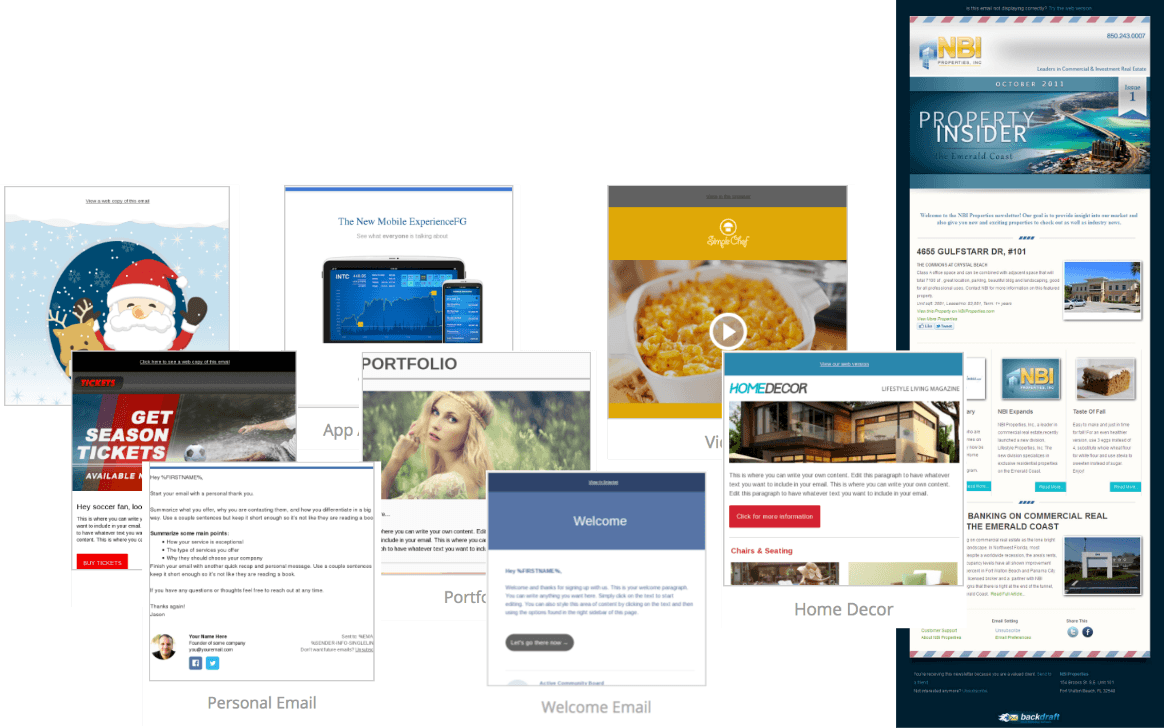
Email Campaigns
Once you’ve known your contacts and have segmented them into specific groups, you can now launch an email campaign. Below are the different types of email campaigns you can use:
The Standard Campaign
This is the one where you “send a regular, one-time email campaign”. When you are starting any campaign, you must first select the list of people you’ll be sending your emails to. Since this is a standard campaign, you’ll want to choose your list carefully to avoid spamming your contacts. You may choose people who have made a purchase and those who may be likely to convert with a coupon.
After you’ve selected your list, you can select a segment, if you’d like. This way, you can easily target a subset of contacts within your larger list if you’d like to send a particular message relevant to their interests.
Auto Responder Campaign
This, compared to a standard campaign, is “an automated campaign that will send after someone subscribes.” In a way, an Auto Responder can be similar to an Automated campaign. However, the Auto Responder is much more straight forward, and does not have any additional automation capabilities.
Split Testing Campaign
Split testing email is a powerful tool, allowing you to “compare multiple emails to test which works best.” This is where you can be creative, and you can try multiple approaches to your content. If you’re an online shoe retailer, and you’re wondering if people will open emails with an informative subject line or a funny one, you can pick the Split Testing campaign to give both ideas a shot.
The Date Based Campaign
This is a simple “send on contact birthdays, anniversaries and more” campaign. Date-Based marketing can be particularly effective, and is done by sharing content personalized for an important day. Like with other campaigns, you begin by selecting your list and any applicable segments.
For example, you can send contacts a coupon on your contact’s birthday. Potential contacts are invited to share their email and birthday dates for a special coupon. After completing the form, they will have the tag “Birthday” added to their contact record.

